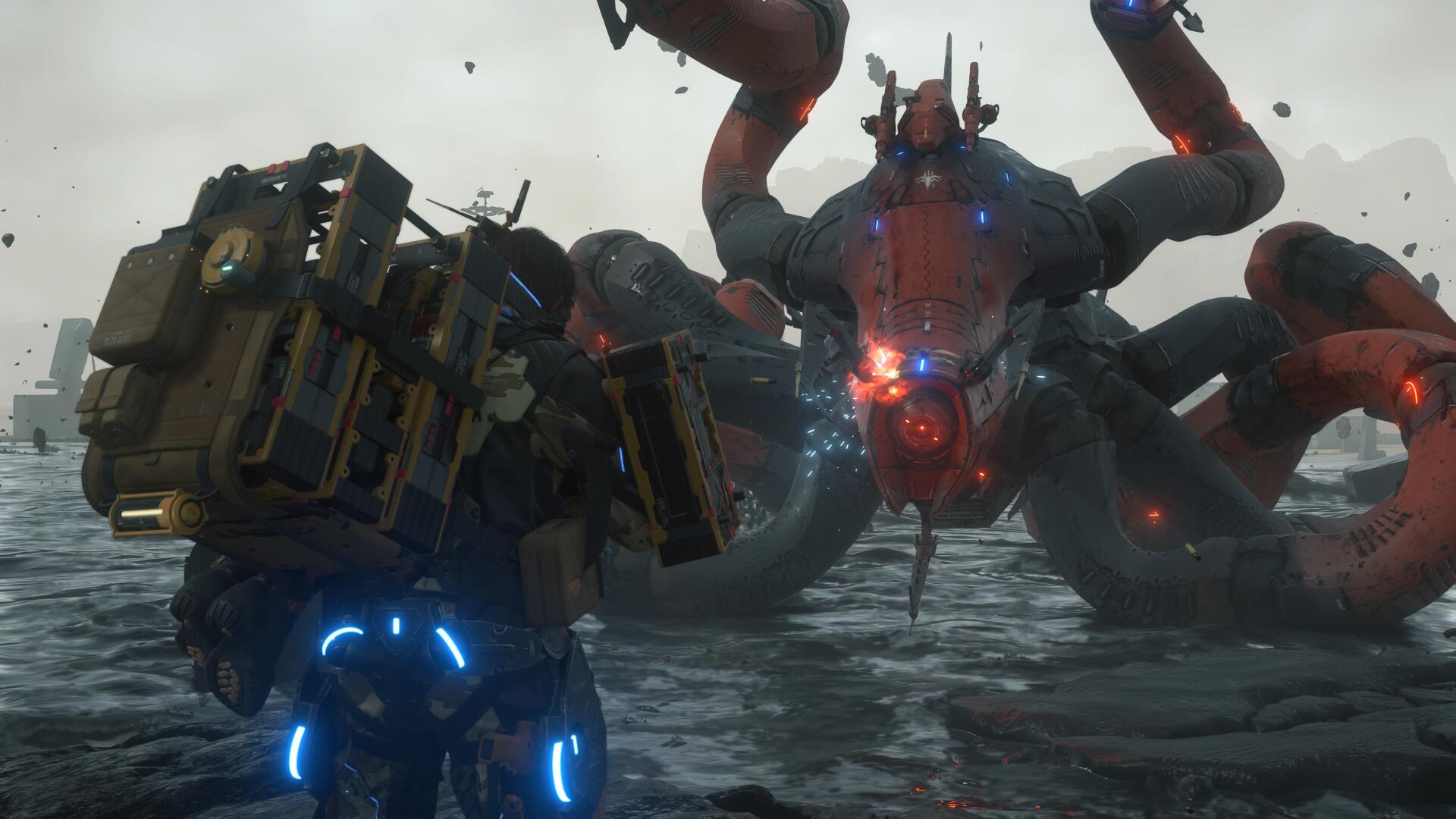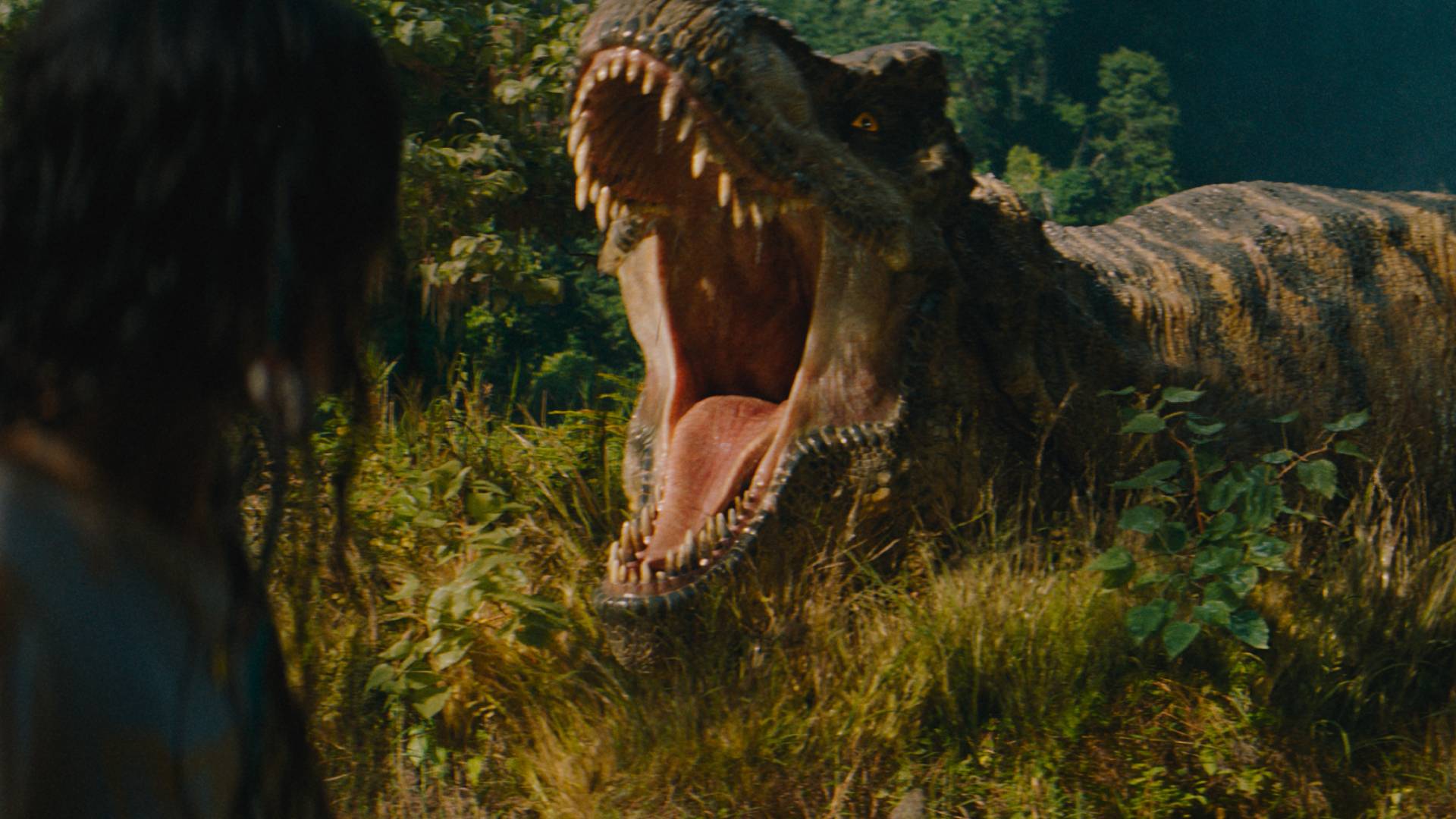Why you can trust GamesRadar+
Despite receiving universal critical praise in the US, Saving Private Ryan is not as perfect as everyone's claiming. Yet Spielberg's fourth foray into World War Two does deserve much of the hype, as it contains the most believably shocking combat sequences ever seen. It's also the kind of movie that attracts review quotes which pant: "Powerful, honest, moving..." But is this description accurate?
Without doubt, the intensity, attention to detail and sheer volume of combat footage make it a powerful and disturbing experience. The opening 25-minute Omaha Beach battle may be the largest in scale, but it's a blip compared with the closing conflict, which rages for 50 minutes. Around half the total running-time is combat.
And what combat it is, with the visceral madness of warfare highlighted by a jittery hand-held documentary style. Shots of wildly differing exposures are cut together as the viewpoint trips and stumbles across the battlefield without pause to wipe mud, blood and water off the lens. The way each dismemberment and explosion is almost missed gives the impression that Spielberg is capturing only a fraction of the carnage.
Omaha Beach is a shambolic strip of misery bordered on one side by barbed wire and on the other by red waves and dead fish. Soldiers are burned up or chopped into meaty slabs rather than being punched by neat Hollywood holes. Ryan's war is relentless and breathtaking, its battle scenes an exemplary example of faultless movie-making.
But whether or not this is an honest account of World War Two is some-thing the glowing American reviews have ignored. And although the combat realism and period authenticity can't be questioned, other things will stick in the throats of non-American audiences.
Take the no-show of any Allies. While this is forgivable for Omaha Beach (a uniquely American cock-up), it's harder to explain as Captain Miller's eight-man unit move inland. Where are the British, the French, the Polish or the Canadians?
German audiences will likewise be weary at the continuing portrayal of the `master race'. The Americans are a likable blend of doe-eyed teenagers, corn-fed midwesterners and Deep South good ol' boys. When they're killed it's tragic, when they're wounded they cry out for water, morphine or their mothers. But when a German's killed, it's just another dead Nazi, shot down despite his shaven-head, jutting square jaw and piercing, blue eyes. An unbiased historical document? Yeah, right.
Is Saving Private Ryan moving? Unaccountably, no. Beyond the horror of the visuals, the intervening hours fail to tug the heart strings. We're given a single defined sympathetic character, Hanks' Captain Miller. His inner torment is etched on Hanks' face in what must be another Oscar nominee role. But his unit are presented as a sketchy band of combat clichés: a cocky New Yorker, the dependable Sarge, a whining Jewish kid and a cowardly translator. As Ryan, Damon has barely a scene to act before he's plunged into the fighting.
The 'plot' is nothing more than a sequence of events glued together. Between the opening and closing mini-apocalypses, there's a slow-paced, occasionally dull and average meander that pales in comparison with many older war movies. That Edward Zwick's brilliant Glory packs a dozen rounded characters, three massive battles and heart-swelling scenes of horror, courage and sacrifice into two hours really does expose Saving Private Ryan as a bloated and frequently empty experience.
The end result is frustratingly patchy, equally brilliant and lacklustre, and delivers a profoundly mixed message. Are we meant to think that war is an impersonal meat-grinder as in the opening battle, or that a few good men can make a difference, as in the climax? Spielberg set out to make the definitive war movie. He ended up making a grown-up Indiana Jones film with several must-see combat scenes.
Spielberg's triumph is to confront a blood-lust audience and make them flinch at the horror of non-Hollywood reality. But this is no Schindler's List. Technically, it may be the best-made warmovie yet, but dramatically, it barely delivers.
The Total Film team are made up of the finest minds in all of film journalism. They are: Editor Jane Crowther, Deputy Editor Matt Maytum, Reviews Ed Matthew Leyland, News Editor Jordan Farley, and Online Editor Emily Murray. Expect exclusive news, reviews, features, and more from the team behind the smarter movie magazine.


